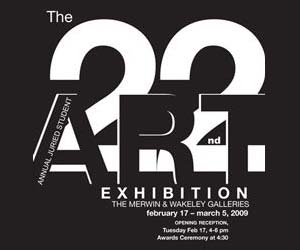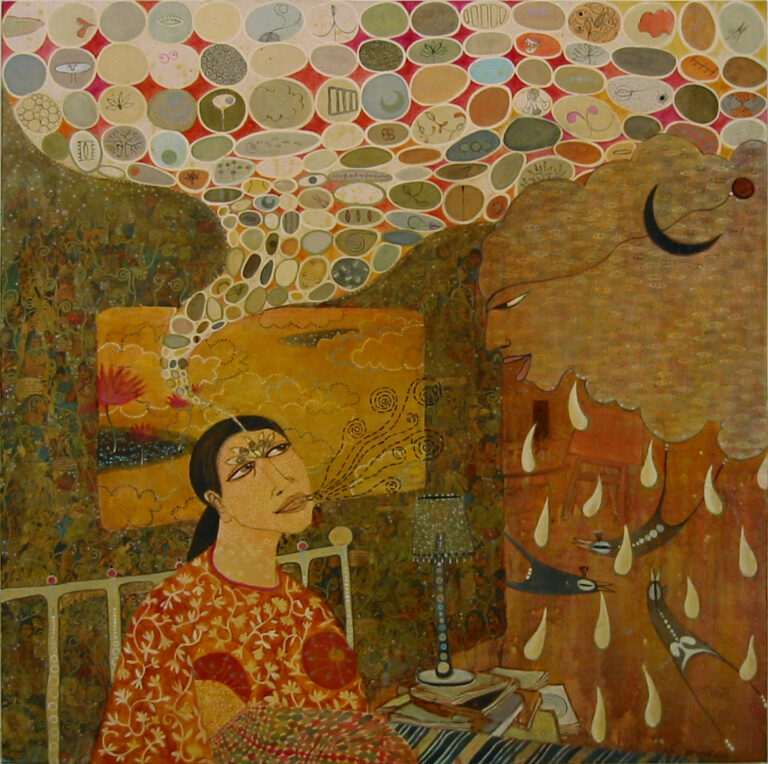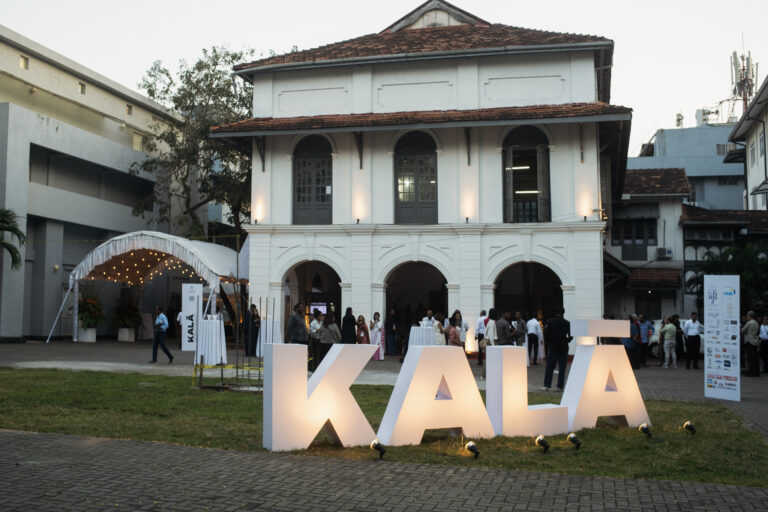Following on from last week’s post about the ‘writerly supravocalisation’, I decide to revisit the oft-discussed matter of readerly subvocalisation, to see if it can illuminate something new. I turn to Garrett Stewart’s idea, in his book Reading Voices, of the ‘phonotext’, the ‘silent sounding of a text’ that undergirds the meaning-making which happens through the written word. In this way the phonotext embodies the tension between scriptive, lexical and aural.

One way to think about phonotexts is through acts of translation.
On train rides to meetings and museums, I work on translations of poems from Hindi to English, by a poet I have long admired, from an Adivasi (equivalent to Indigenous or First Nations) community.
The exercises are instructive, gesturing towards my interest in exploring the formal dynamic between the textual, the aural and the lexical.

One reason why Adivasi verbal practices might be generative to think through phonotextuality is that they have historically been cultivated against the regimes of literacy and print, whether colonial or Brahmanical.
How do we trace in written language the cadence of words meant to be heard rather than read?
This is a question one could reasonably ask of poetry as a set of devices, but perhaps it is made explicit by contemporary Adivasi verbal arts’ textual incarnations…and often fraught articulations in dominant (still colonial) tongues and scripts.

Another question is how do we think of meaning-making through endophony i.e. ‘hearing’ as we read ‘in our heads’?
As I translate, I fret over syntax and line breaks, trying to align meanings across two languages, aiming for congruence (ideal) and correspondence (acceptable). I find myself paying attention to rhythm and length, duration and pause, and activating muscles I often use when converting published texts into recordable scripts.

All of this is a way to ponder over how we might think of ekphrasis through modes not of literature but of orature? Can Adivasi verbalities that negotiate between the aural and the (trans-, de- and inter-) scriptive offer tactics to decolonise art criticism?















